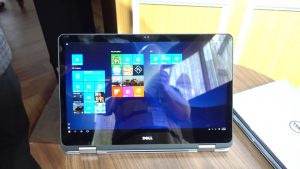Multiroom to be another common feature for smart speakers
Article
Amazon Echo multiroom audio not far off, report says | CNet
My Comments
A feature that is showing up with the “smart speakers” that are part of the various voice-driven home assistant platforms is the ability for multiple speakers of the same platform to work as a multiroom system. This is where the same content source can be played through multiple speakers of that same platform, including the ability to have multiple speakers or audio devices in a logical group representing, perhaps, a floor or an area of the house. This functionality is taking on the audio-content playback abilities like Spotify, TuneIn Radio, Tidal and others offered by the various voice-driven home assistant platforms
Google has already established it with their Home speakers and Chromecast-based audio connectivity devices. But Alexa are intending to join in by allowing you to play the same content source through multiple Echo speakers and to treat a group of speakers as a logical unit. Let’s not forget that while the market’s competitive, Apple and Microsoft won’t want to miss out on the idea of multiroom audio as part of their voice-activated home assistant platforms.
Similarly, Amazon have aligned their Alexa platform with DTS’s PlayFi multiroom audio platform which is pitched at the premium hi-fi market. They have a large number of the hi-fi names with them and are wanting to integrate full Alexa voice functionality in to their speakers and other audio devices.
There may be some feature possibilities that may end up in the product evolution for these smart-speaker platforms. One of these could be to set one or more pairs of speakers up as stereo pairs which can yield the improved separation when you listen to stereo content. Similarly, there could be the idea of creating a multiple-microphone array out of a group of speakers to make it easier for the voice-driven home assistant to understand you.
Who knows how hot the competition for the voice-driven home assistant that talks to you is going to be and whether this will mimic the home videocassette format wars of the early 80s?




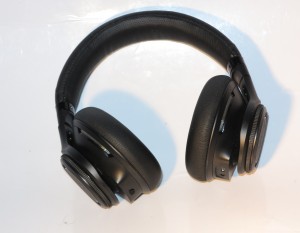
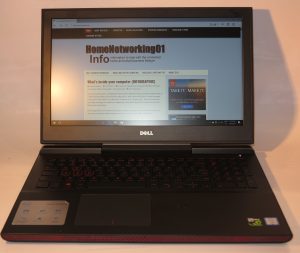

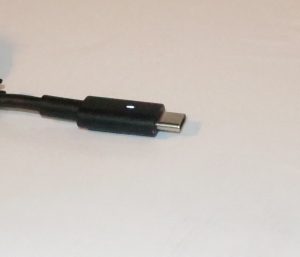
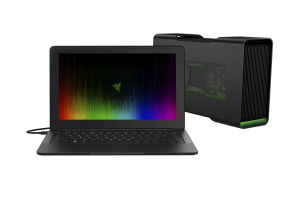
![Map of Europe By User:mjchael by using preliminary work of maix¿? [CC-BY-SA-2.5 (http://creativecommons.org/licenses/by-sa/2.5)], via Wikimedia Commons](https://homenetworking01.info/wp-content/uploads/2014/06/512px-Blank_map_europe_coloured.svg_-300x229.png)
